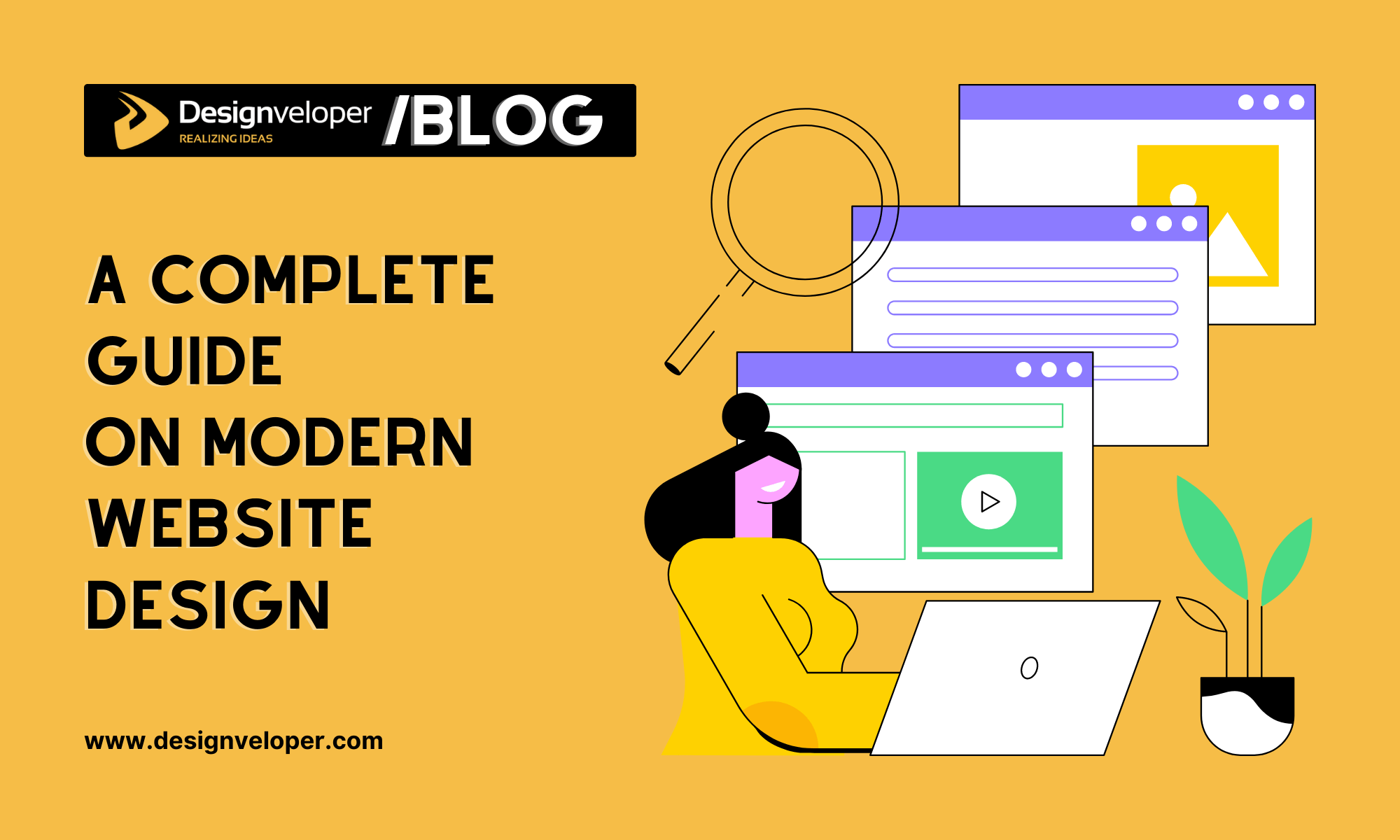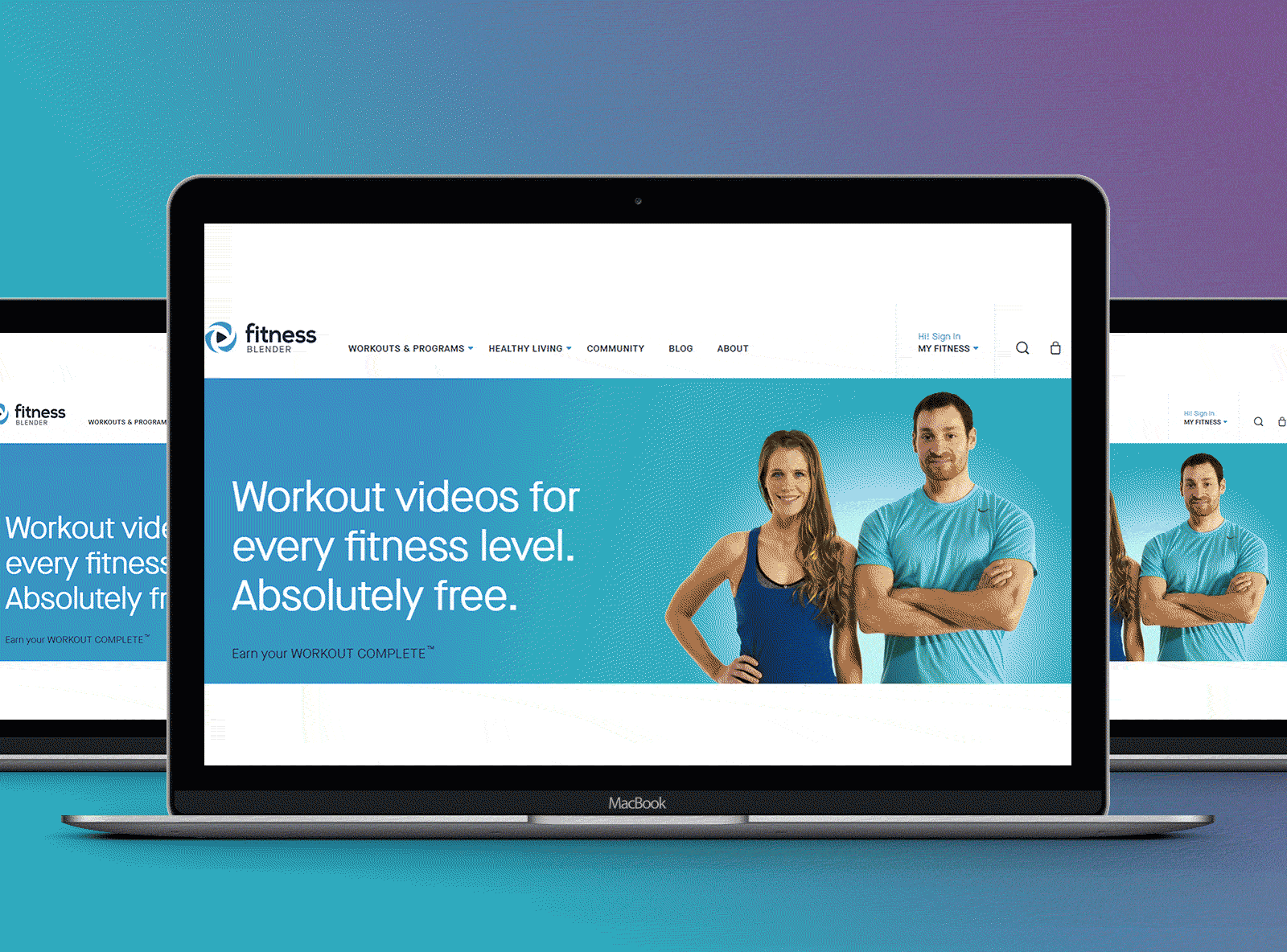Why Website Design Matters for Building a Strong Online Brand
Why Website Design Matters for Building a Strong Online Brand
Blog Article
Modern Web Site Layout That Catches Focus and Converts
In a significantly electronic landscape, contemporary website layout has actually become an essential variable in capturing customer focus and driving conversions. By purposefully utilizing visual pecking order, receptive designs, and involving interactive components, designers can produce experiences that not only draw in visitors but also assist in purposeful communications. Effective call-to-action methods play an important duty in assisting users towards desired outcomes. As we discover these crucial parts, it comes to be clear that understanding their interplay can substantially affect a site's performance and user fulfillment. What are the crucial aspects that absolutely make a difference?
Relevance of Visual Power Structure
Aesthetic power structure is an essential aspect in internet site design, as it overviews users' attention and enhances their total experience. By strategically arranging content, developers can route users to the most important info initially, consequently boosting engagement and improving usability. Effective visual pecking order uses numerous techniques, including dimension, spacing, shade, and comparison. Bigger aspects naturally attract the eye, while contrasting colors can emphasize vital messages, making them stick out among more subdued parts.
Incorporating a sensible flow in material arrangement is important; for circumstances, placing the most critical information on top of a web page cultivates instant recognition. In addition, regular use typography, such as differing font sizes and styles, aids establish a clear content framework. This organization not only help in navigation but also constructs trust, as customers really feel more comfy when they can conveniently find what they are searching for.
Eventually, a well-executed aesthetic power structure not just boosts visual charm however also substantially impacts individual habits. By focusing on crucial aspects and making certain a seamless experience, designers can successfully transform site visitors right into consumers, enhancing the value of this fundamental style principle in contemporary site growth.
Responsive Design for All Gadgets
Developing a seamless experience across various devices is important in today's digital landscape, where users access sites from desktop computers, tablet computers, and smartphones alike. Receptive layout is an important method that guarantees internet sites adapt fluidly to different screen resolutions, dimensions, and positionings. By employing adaptable grids, photos, and CSS media inquiries, developers can create layouts that preserve aesthetic honesty and performance, regardless of the device being used.
The importance of receptive design expands past aesthetics; it directly influences customer interaction and conversion prices. An internet site that works well on all tools motivates longer gos to and lowers bounce rates, as customers are most likely to connect with material that is simple to navigate. In addition, search engines, particularly Google, prioritize mobile-friendly sites in their positions, making responsive style an important part of search engine optimization (SEARCH ENGINE OPTIMIZATION)
Integrating receptive layout not just enhances user experience but also streamlines the advancement procedure. By producing a solitary website that works across devices, businesses can save time and sources contrasted to creating separate mobile and desktop versions. Eventually, responsive layout is a fundamental approach for modern internet site design, guaranteeing ease of access and satisfaction for all customers, despite their device.
Engaging Interactive Components
While a responsive style prepares for a functional website, integrating interesting interactive components is important for recording user focus and cultivating much deeper connections. Website Design. Interactive aspects, such as computer animations, tests, and clickable infographics, produce a more vibrant customer experience, encouraging visitors to invest even more time on the site
Incorporating interactive attributes can Extra resources also guide customers via complex information, making it easier to absorb material. Interactive sliders can illustrate product variants, while embedded videos can provide demonstrations or testimonials that resonate more than static pictures or text. Gamification techniques, like rewards for completing tasks or involving with material, can improve user inspiration and retention.
Efficient usage of interactive aspects not only enriches the customer experience but can likewise bring about greater conversion rates. By making interactions helpful and pleasurable, businesses can grow a feeling of loyalty and trust with their audience. However, it is vital to stabilize interactivity with efficiency; extremely complicated functions might impede site rate, negatively impacting user contentment. Inevitably, incorporating properly designed interactive aspects can significantly elevate a website's efficacy, driving engagement and conversions in today's affordable digital landscape.
Streamlined Navigation Practices
Effective navigation is a cornerstone of any successful website, as it directly influences individual experience and material accessibility. Structured navigating practices ensure that users can conveniently situate info, enhancing their interaction with the site. A well-structured navigation menu should be instinctive and straightforward, generally including a restricted number of primary groups to stay clear of overwhelming visitors.
To attain structured navigation, developers need to focus on a hierarchical framework that practically arranges web content. Applying breadcrumb routes can supply individuals with context regarding their current place within the website, enabling smooth backtracking. In addition, using drop-down menus can effectively preserve room while still supplying accessibility to subcategories.
Receptive style is important, as navigation needs to be useful throughout all tools (Website Design). Mobile users, particularly, advantage from touch-friendly food selections and retractable sections that preserve use without compromising aesthetic appeals

Reliable Call-to-Action Approaches
A well-crafted call-to-action (CTA) is necessary for assisting individuals toward desired results on a web site, as it encourages them to engage with web content or purchase. you can try this out To optimize their performance, CTAs should be clear, engaging, and purposefully placed throughout the website.
First, make use of action-oriented language that connects urgency or value, such as "Obtain Begun," "Sign up with Now," or "Case Your Discount rate." This language not only encourages users but additionally establishes clear expectations about the next steps.
2nd, consider design components; CTAs should attract attention visually through contrasting colors, sufficient whitespace, and famous positioning. A button that is very easy to see and click rises the likelihood of customer interaction.
In addition, personalizing CTAs based on individual habits or demographics can substantially boost engagement. Tailored messages reverberate much more with users, driving greater conversion prices.

Verdict
To conclude, modern-day web site design emphasizes the integration of visual pecking order, receptive layouts, engaging interactive components, streamlined navigation, and reliable call-to-action methods. These elements jointly improve user experience, making certain that site visitors stay engaged and motivated to discover content further. By focusing on these style principles, companies can dramatically enhance individual retention and conversion rates, ultimately resulting in greater success in the electronic landscape. The constant evolution of internet style underscores its critical duty in efficient on the internet interaction and advertising.
In an increasingly digital landscape, modern-day website design has arised as an essential aspect in recording individual attention and driving conversions.Visual hierarchy is an important element in site layout, as it overviews individuals' attention and enhances their general experience.The significance of responsive layout prolongs beyond aesthetics; it directly impacts customer involvement and conversion prices.Including receptive layout not just improves user experience yet likewise enhances the development procedure. Eventually, responsive design is a basic approach for contemporary web site layout, making certain accessibility and contentment for go to website all individuals, regardless of their device.
Report this page